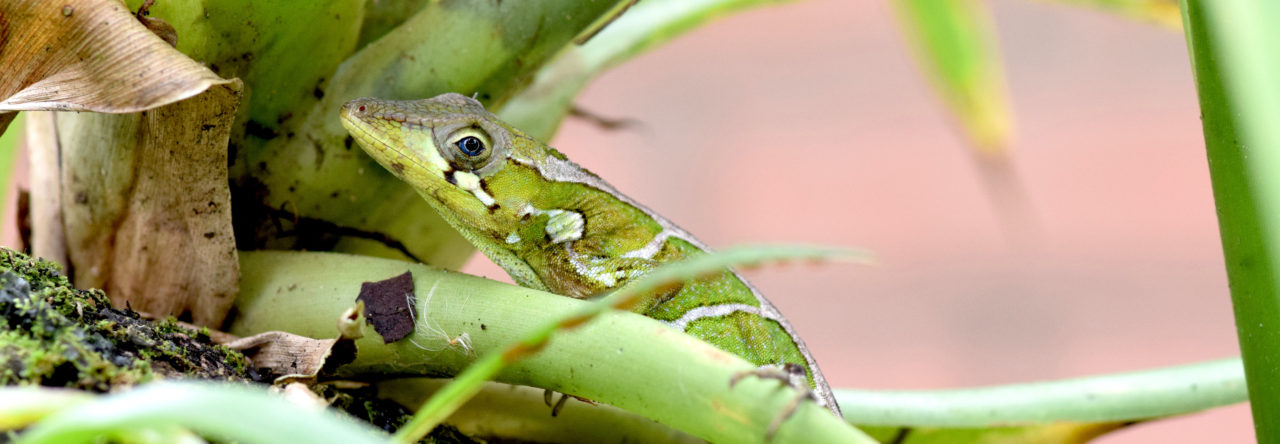The Bay Islands proper consist of a crescent of four land-bridge islands lying approximately 50 km off the northern coast of Honduras in the Caribbean Sea. About halfway between those islands and the coast lies a smaller sub-archipelago, known as the Cayos Cochinos (or ‘Hog Islands’), which consist of two larger islands (Cayo Mayor and Cayo Menor) and 13 smaller cays (see the map below). The Cayos Cochinos are famous in the commercial reptile trade for their endemic populations of insular-dwarf ‘pink’ boa constrictors.

The Bay Islands and Cayos Cochinos of Honduras. For scale, Cayo Menor and Cayo Mayor are about 3 km apart. Adapted from Green (2010).
I’ve had the pleasure of conducting herpetological research in the Bay Islands since 2007 thanks to support from a UK-based conservation organization called Operation Wallacea, and a generous team of researchers (Chad Montgomery, Bob Reed, Scott Boback, Steve Green, and Tony Frazier) that have been working on the boa and Ctenosaura populations there for several years, and were nice enough to get me involved. And while the Bay Islands have gained some notoriety for their exotic snakes, another local squamate has gone (almost) entirely unnoticed. I’m alluding to, of course, the anoles. In 2007, when I was helping Chad Montgomery with his Ctenosaura melanosterna project on Cayo Menor, I began to notice just how abundant the anoles on that island were. The little guys seemed to be on almost every tree in the interior of the island. After asking around and doing a few literature searches, I started to realize just how untouched, and potentially interesting, this system really was.
Two anole species occur in the Cayos Cochinos, Anolis lemurinus and Anolis allisoni.















